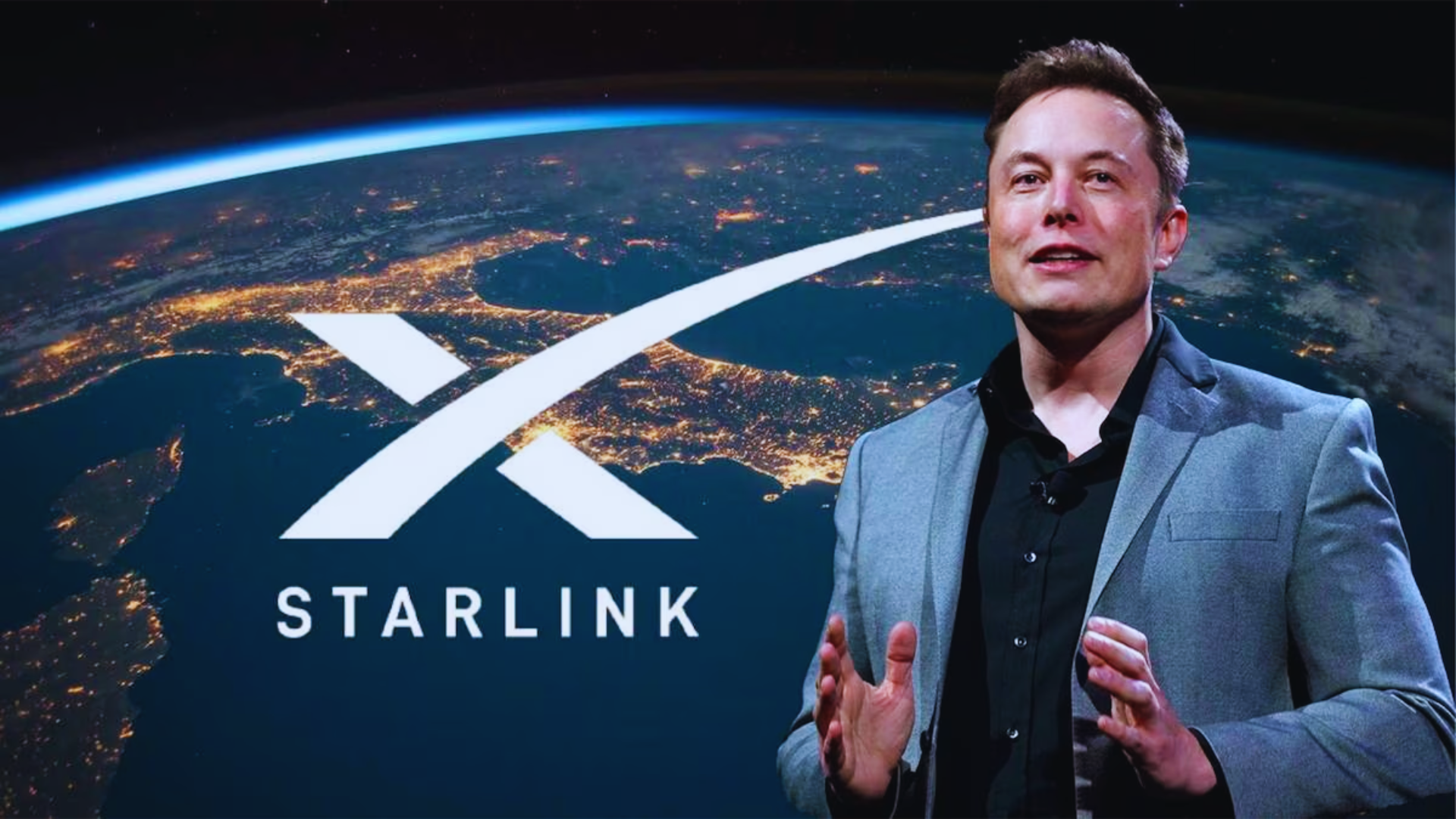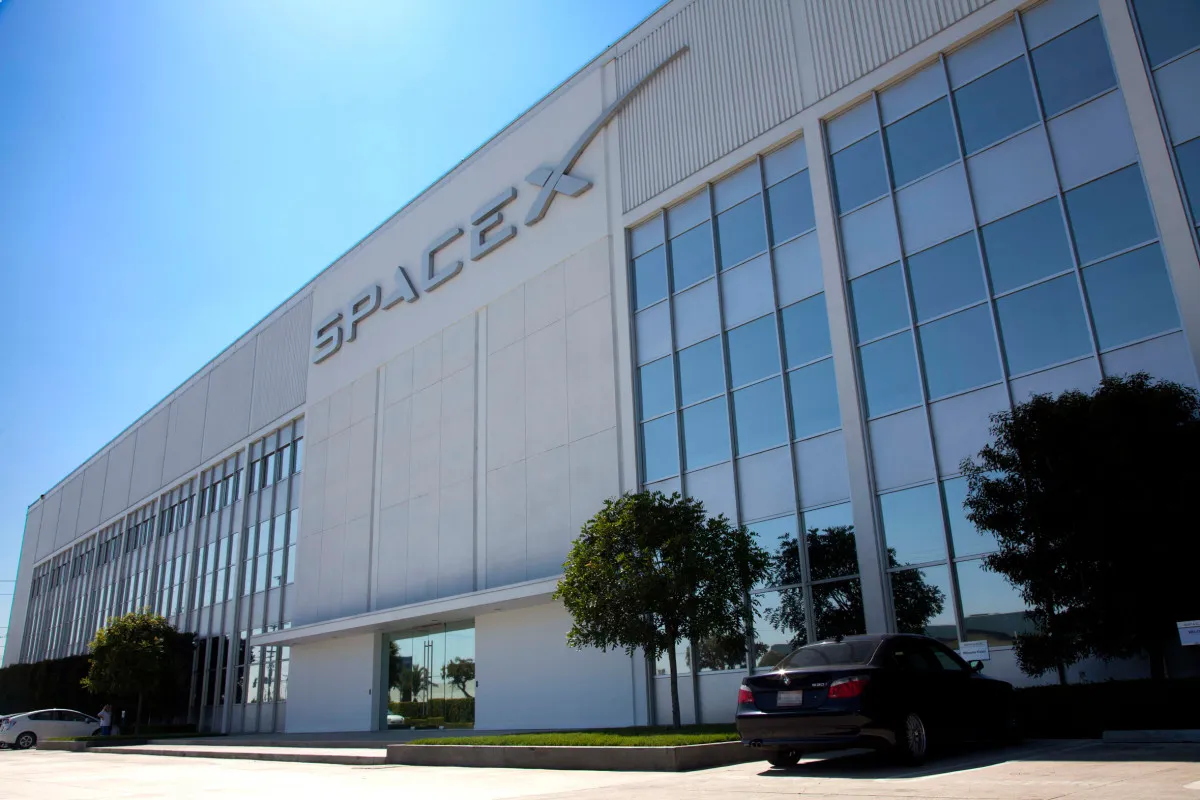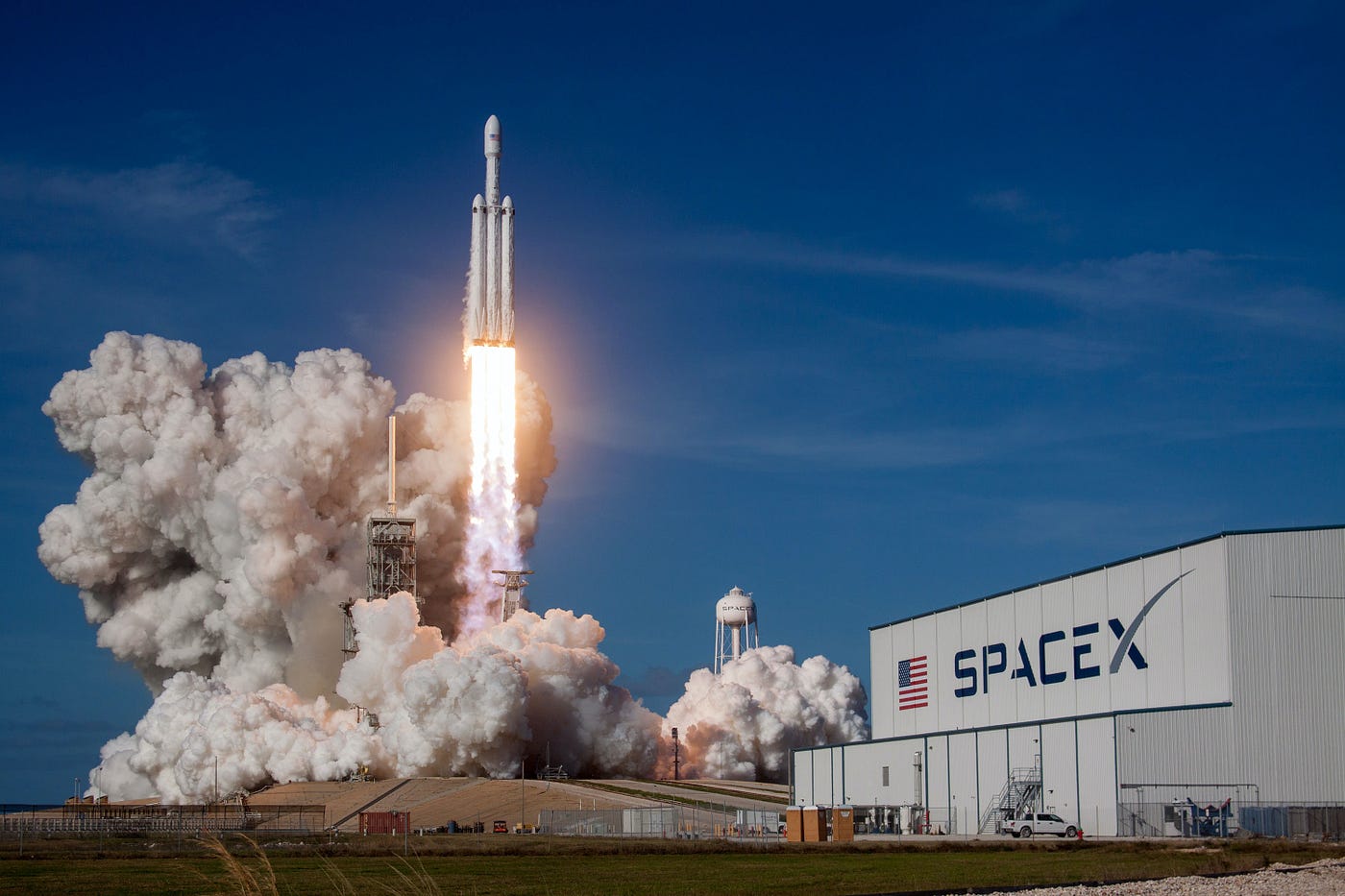Elon Musk’s SpaceX has consistently made headlines with its innovative ventures, particularly with its satellite internet subsidiary, Starlink. Despite skepticism from prominent news sources like Bloomberg, which questioned the profitability of the company’s operations, Starlink’s financial journey tells a different story—a tale of strategic losses leading to substantial gains.

The Razor and Blades Business Model
Starlink’s approach to selling its ground terminals at a loss—a strategy likened to the classic “razors and blades” business model—has proven to be a foundational move for its burgeoning internet service profits. Initially selling the equipment at a loss might seem counterintuitive, yet it’s a calculated step to secure a continuous revenue stream from satellite internet services. This method positions Starlink to capitalize on long-term service contracts, turning initial losses into steady, lucrative income.

A Comparative Analysis of Profit Margins
In 2024, Starlink is projected to generate a staggering $6.8 billion in revenue, mainly from internet subscriptions. According to Payload Research, this revenue could translate to a 60% operating profit margin, highlighting an impressive performance compared to terrestrial ISPs like Comcast and Verizon, which report margins ranging from 20% to 40%. The relatively low competition in space-based internet services gives SpaceX an edge, allowing for potentially higher profitability margins.
Revolutionary Earnings in the Space Sector
Elon Musk’s Starlink financial success story extends beyond mere profit margins. It has dramatically shifted from a non-revenue generating entity to a powerhouse in the space internet service sector. Quilty Analytics supports this growth narrative, estimating Starlink’s revenue for the year at about $6.6 billion—an increase from zero just four years ago. This transition is not only remarkable but also reflective of SpaceX’s capacity to redefine industry standards.

The Free Cash Flow Perspective
From an investment standpoint, free cash flow is a critical indicator of a company’s financial health and operational efficiency. Starlink’s estimated $600 million in positive free cash flow, against a backdrop of $6.6 billion in revenue, demonstrates a solid 9% free cash flow margin. This figure is slightly less than those of established ISPs, but it is crucial to note the rapid growth trajectory of Starlink compared to its earthbound competitors.
What This Means for Investors and The Future of Elon Musk’s Starlink
The potential initial public offering (IPO) of Starlink is a topic of considerable interest for investors. With Elon Musk hinting at future public offerings, the financial dynamics of Elon Musk’s Starlink come under sharper focus. Although its current profit margins and cash flow metrics may not yet match those of industry giants like Comcast and Verizon, Starlink’s rapid ascension and scaling efficiencies suggest a bright, profitable future.
The Investment Landscape
For potential investors, the trajectory of Starlink’s growth and its strategic positioning within SpaceX’s broader business framework offer a unique investment opportunity. While the Motley Fool Stock Advisor points out that other stocks might present immediate higher returns, the long-term potential of Starlink, driven by Elon Musk’s vision and SpaceX’s innovative approach, could render it a formidable contender in the global market.
As we observe Starlink’s advancements and await its IPO, the overarching narrative is clear: the future of internet service provision is here, and it’s orbiting above us, proving once again that SpaceX’s ventures are not just about reaching for the stars but also about grasping them economically.










